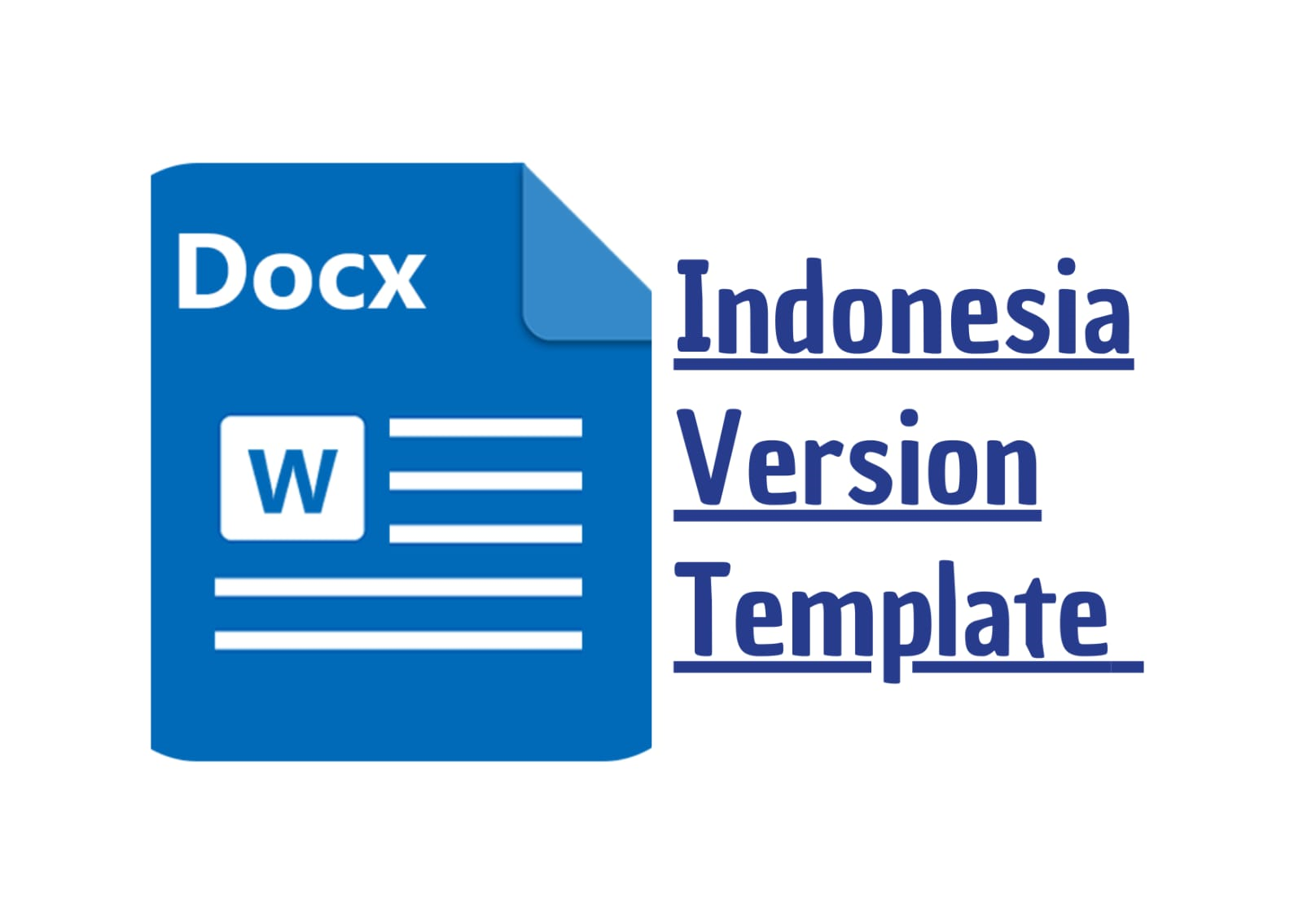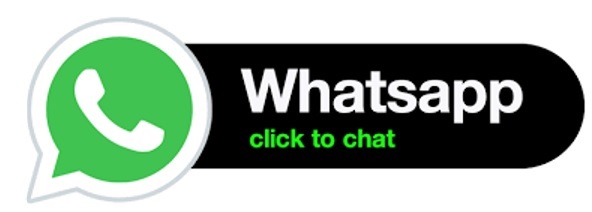The Impact of Using Whatsapp Groups on Students Assignment Quality at The Journalism Study Program
DOI:
https://doi.org/10.56799/jim.v2i2.1330Keywords:
Student Values, Use of Whatsapp Groups, History of Islamic CivilizationAbstract
The development of information technology creates very rapid changes in human life. Especially in the field of education, this can be seen from the use of the WhatsApp group application that is used in lectures. Our observations at the Syarif Hidayatullah State Islamic University campus show that all lecturers and students use whatsapp groups in carrying out lectures. The purpose of this study was to determine the effect of Whatsapp Group on the value of the History of Islamic Civilization course for students of the journalism study program for the 2021/2022 academic year. This type of research is included in the type of qualitative research. The research method used is survey and interview. Our survey is to limit the object of our research study. We use this type of interview to describe student satisfaction descriptively with the use of WhatsApp Groups in the History of Islamic Civilization course. In addition, we also ask for permission from Mr. Zakaria to collect data on the value of journalism students for the 2021/2022 academic year. We also questioned the obstacles to using whatsapp groups in the History of Islamic Civilization lecture. Based on the results of our study, we got a positive result. The average value of the History of Islamic Civilization in the journalism study program gets a B and A grade. This value fulfills the credit score for the Islamic History course. However, we found problems in using WhatsApp Groups. In the form of difficulty controlling students in lecture activities, lack of capacity to send video durations on whatsapp., image quality when sent to WhatsApp becomes bad, and fills cellphone memory because of the large amount of material.
Downloads
References
Arikunto, S. (2010). Prosedur Penelitian Ilmiah. In Rineka cipta, Jakarta.
Aruan, L., Sari, R., & Bengar Harahap, A. (2020). Using Prezi Online Software to Improve Teaching Listening Skill. International Journal of Education and Literacy Studies, 8(1), 104. https://doi.org/10.7575/aiac.ijels.v.8n.1p.104
Buchari, A. (2018). PERAN GURU DALAM PENGELOLAAN PEMBELAJARAN. Jurnal Ilmiah Iqra’, 12(2), 106. https://doi.org/10.30984/jii.v12i2.897
Budiarto, M. K., Joebagio, H., & Sudiyanto. (2020). Integration of Interactive Multimedia with Local Potential as a Learning Innovation in Digital Era. https://doi.org/10.2991/assehr.k.200323.040
Bushati, J., Barolli, E., Dibra, G., & Haveri, A. (2012). Advantages and Disadvantages of Using ICT in Education. International Conference on Educational Sciences.
Chan, F., Kurniawan, A. R., . N., Herawati, N., Efendi, R. N., & Mulyani, J. S. (2019). Strategi Guru Dalam Mengelola Kelas di Sekolah Dasar. International Journal of Elementary Education, 3(4), 439. https://doi.org/10.23887/ijee.v3i4.21749
Daulay, Melwin Syafrizal. (2007). Mengenal Hardware-Software dan Pengelolaan Instalasi Komputer. Yogyakarta: Andi.
E, Mulyasa. (2012). Manajemen Pendidikan Karakter. Jakarta: Bumi Aksara.
Erfan, M., & Maulyda, M. A. (2020). Penggunaan Game Android Terhadap Kemampuan Mengenali Rumus Kimia pada Mahasiswa Calon Guru Sekolah Dasar. Educatio, 15(2), 61-68. https://doi.org/10.29408/edc.v15i2.2698
Fahmi, A. N., Yusuf, M., & Muchtarom, M. (2021). Integration of Technology in Learning Activities: E-Module on Islamic Religious Education Learning for Vocational High School Students. Journal of Education Technology, 5(2), 282–290. https://doi.org/10.23887/jet.v5i2.35313
Fahrezi, G., & Susanti, S. (2021). Pengembangan Bahan Ajar Flip Book Kontekstual Berbasis Android Pada Materi Akuntansi Persediaan. Educatio, 16(1), 58-70. https://doi.org/10.29408/edc.v16i1.3550
Kareem, A. A. (2018). The Use of Multimedia in Teaching Biology and Its Impact on Students ’ Learning Outcomes. The Eurasia Proceedings of Educational & Social Sciences, 9(1), 157–165. https://dergipark.org.tr/download/article-file/531778
Kreijins, K. (2018). Lifelong Technology-Enhanced Learning. In V. Pammer-Schindler, M. Pérez-Sanagustín, H. Drachsler, R. Elferink, & M. Scheffel (Eds.), Lifelong Technology-Enhanced Learning (Vol. 11082). Springer International Publishing. https://doi.org/10.1007/978-3-319-98572-5
Latifah, S., Yuberti, Y., & Agestiana, V. (2020). Pengembangan Media Pembelajaran Interaktif Berbasis Hots Menggunakan Aplikasi Lectora Inspire. Jurnal Penelitian Pembelajaran Fisika, 11(1), 9–16. https://doi.org/10.26877/jp2f.v11i1.3851
Li, L. (2020). Education supply chain in the era of Industry 4.0. Systems Research and Behavioral Science, 37(4), 579–592. https://doi.org/10.1002/sres.2702
Mahdum, M., Hadriana, H., & Safriyanti, M. (2019). Exploring Teacher Perceptions and Motivations to ICT Use in Learning Activities in Indonesia. Journal of Information Technology Education: Research, 18, 293–317. https://doi.org/10.28945/4366
Mas’ud, Muhamad. (2014). Membuat Multimedia Pembelajaran dengan Lectora. Yogyakarta: Pustaka Shonif.
Marfuatun, M., Kholisho, Y. N., & Afifah, N. (2021). Pengaruh Lingkungan Keluarga Terhadap Pembentukan Tingkah Laku Anak. Educatio, 16(1), 71-79. https://doi.org/10.29408/edc.v16i1.3610
Mispa, R., Prahatama Putra, A., & Zaini, M. (2022). Penggunaan E-Lkpd Berbasis Live Worksheet pada Konsep Protista terhadap Hasil Belajar Peserta Didik Kelas X Sman 7 Banjarmasin. Jurnal Pendidikan Indonesia, 3(1), 2134–2145. https://doi.org/10.36418/japendi.v3i1.478
Muhali, M. (2019). Pembelajaran Inovatif Abad Ke-21. Jurnal Penelitian Dan Pengkajian Ilmu Pendidikan: E-Saintika, 3(2), 25–50. https://doi.org/10.36312/e-saintika.v3i2.126
Nusir, S., Alsmadi, I., Al-Kabi, M., & Sharadgah, F. (2013). Studying the impact of using multimedia interactive programs on children’s ability to learn basic math skills. E-Learning and Digital Media, 10(3), 305–319. https://doi.org/10.2304/elea.2013.10.3.305
Perdana, M. A., Wibowo, D. E., & Budiarto, M. K. (2021). Digitalization of Learning Media through Digital Book Development Using the Flipbook Application. Jurnal Pendidikan Dan Pengajaran, 54(2). https://doi.org/10.23887/jpp.v54i2.34639
Rejeki, W. Y., & Mukminan, M. (2020). Development of Multimedia Learning Geography Based on Adobe Flash to Increase Students’ Curiosity. Geosfera Indonesia, 5(3), 318. https://doi.org/10.19184/geosi.v5i3.14765
Roemintoyo, R., & Budiarto, M. K. (2021). Flipbook as Innovation of Digital Learning Media: Preparing Education for Facing and Facilitating 21st Century Learning. Journal of Education Technology, 5(1), 8. https://doi.org/10.23887/jet.v5i1.32362
Sabaniah, S., Ramdhan, D. F., & Rohmah, S. K. (2021). Peran Guru dalam Pelaksanaan Pembelajaran Jarak Jauh di Tengah Wabah Covid - 19. Edunesia : Jurnal Ilmiah Pendidikan, 2(1), 43–54. https://doi.org/10.51276/edu.v2i1.77
Setiawardhani, R. T. (2021). Android-Based Multimedia Development and Worthiness for Economic Learning in High School. AL-ISHLAH: Jurnal Pendidikan, 13(2), 1185–1193. https://doi.org/10.35445/alishlah.v13i2.559
Shang, J., & Liang, C. (2021). Optimization of Computer-aided English Classroom Teaching System Based on Data Mining. Computer-Aided Design and Applications, 18(S4), 95–105. https://doi.org/10.14733/cadaps.2021.S4.95-105
Sholihah, A. N. N., Septiani, I., Rejekiningsih, T., Triyanto, & Rusnaini. (2020). Development of interactive multimedia learning courseware to strengthen students’ character. European Journal of Educational Research, 9(3), 1267–1279. https://doi.org/10.12973/eu-jer.9.3.1267
Suryaningsih, S., & Nurlita, R. (2021). Pentingnya Lembar Kerja Peserta Didik Elektronik (E-LKPD) Inovatif dalam Proses Pembelajaran Abad 21. Jurnal Pendidikan Indonesia, 2(7), 1256–1268. https://doi.org/10.36418/japendi.v2i7.233
Syahputra, F., & Maksum, H. (2020). The Development of Interactive Multimedia Learning in Information and Communication Technology Subjects. Journal of Education Research and Evaluation, 4(4), 428–434. https://doi.org/10.23887/jere.v4i4.29931
Sanaky, H.A.H. (2013). Media pembelajaran interaktif-inovatif. Yogyakarta: Kaukaba Dipantara.
Script, Island. (2008). Panduan Mudah Membuat Animasi. Jakarta: PT. TransMedia.
Sudjana, N & Rivai, A. (2010). Media pengajaran. Bandung: Sinar Baru Algensindo.
Suryani, Nunuk.,dkk. (2018). Media Pembelajaran Inovatif. Bandung: PT Remaja Rosdakarya.
Sutopo, Ariesto Hadi. (2003). Multimedia Interaktif dan Flash. Yogyakarta: PT Graha Ilmu.
Takaya, K. (2008). Jerome Bruner’s Theory of Education: From Early Bruner to Later Bruner. Interchange, 39(1), 1–19. https://doi.org/10.1007/s10780-008-9039-2
Troussas, C., Krouska, A., & Sgouropoulou, C. (2020). Collaboration and fuzzy-modeled personalization for mobile game-based learning in higher education. Computers and Education, 144. https://doi.org/10.1016/j.compedu.2019.103698
Tukenova, N. I., Mursakimova, G. A., Gruzdeva, M. L., Chetiyeva, K. Z., Elepbergenova, A. U., & Iskakova, A. A. (2019). Educational Multimedia-Resources in Education. International Journal of Innovative Technology and Exploring Engineering, 8(10), 3617–3620. https://doi.org/10.35940/ijitee.J9788.0881019
Uno, Hamzah, B. (2012). Perencanaan Pembelajaran. Jakarta: Bumi Aksara.
Downloads
Published
How to Cite
Issue
Section
License
Copyright (c) 2023 Abdullah Ali, Hanang Septioyudho, Wahyunengsih

This work is licensed under a Creative Commons Attribution 4.0 International License.




















